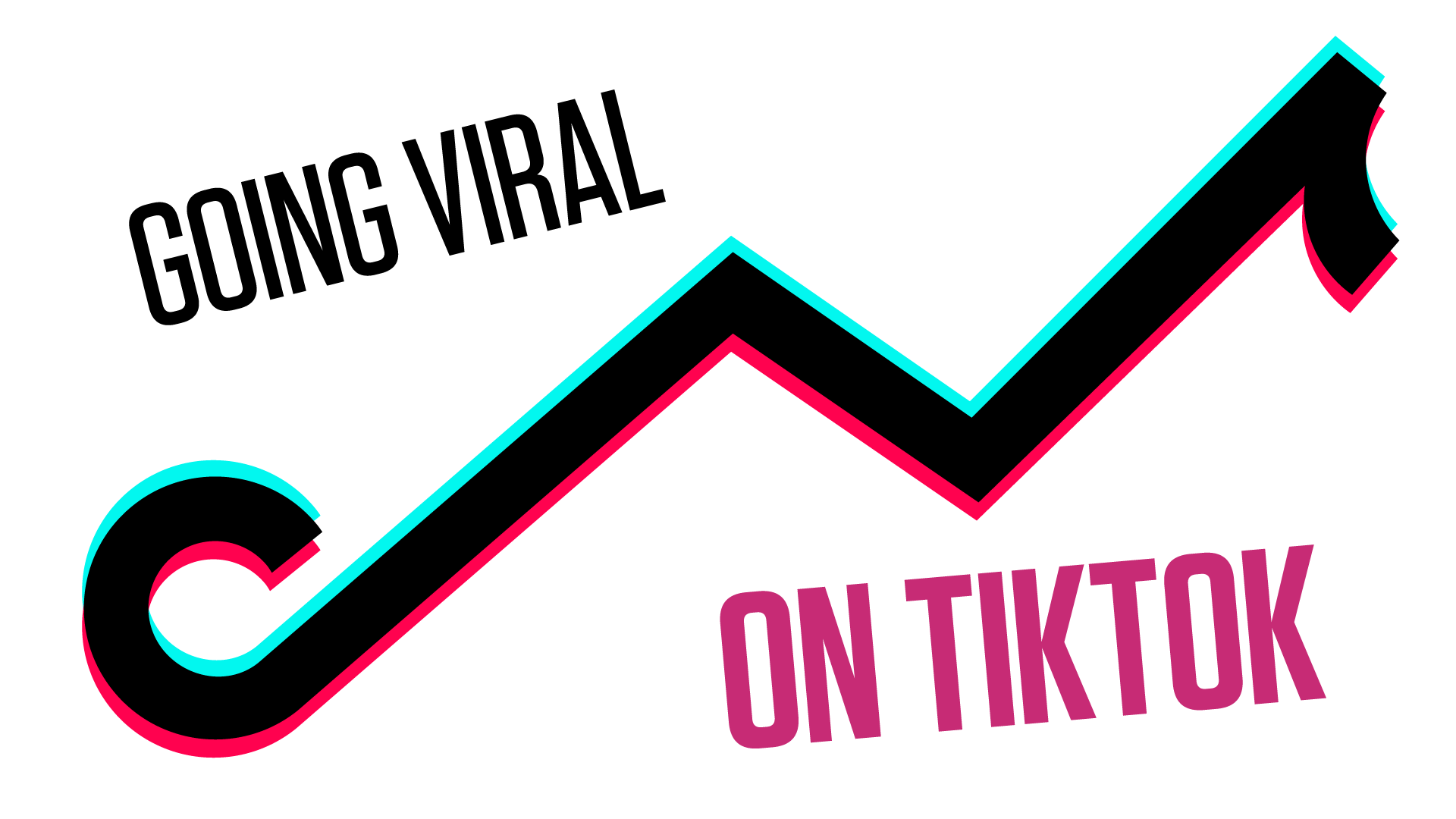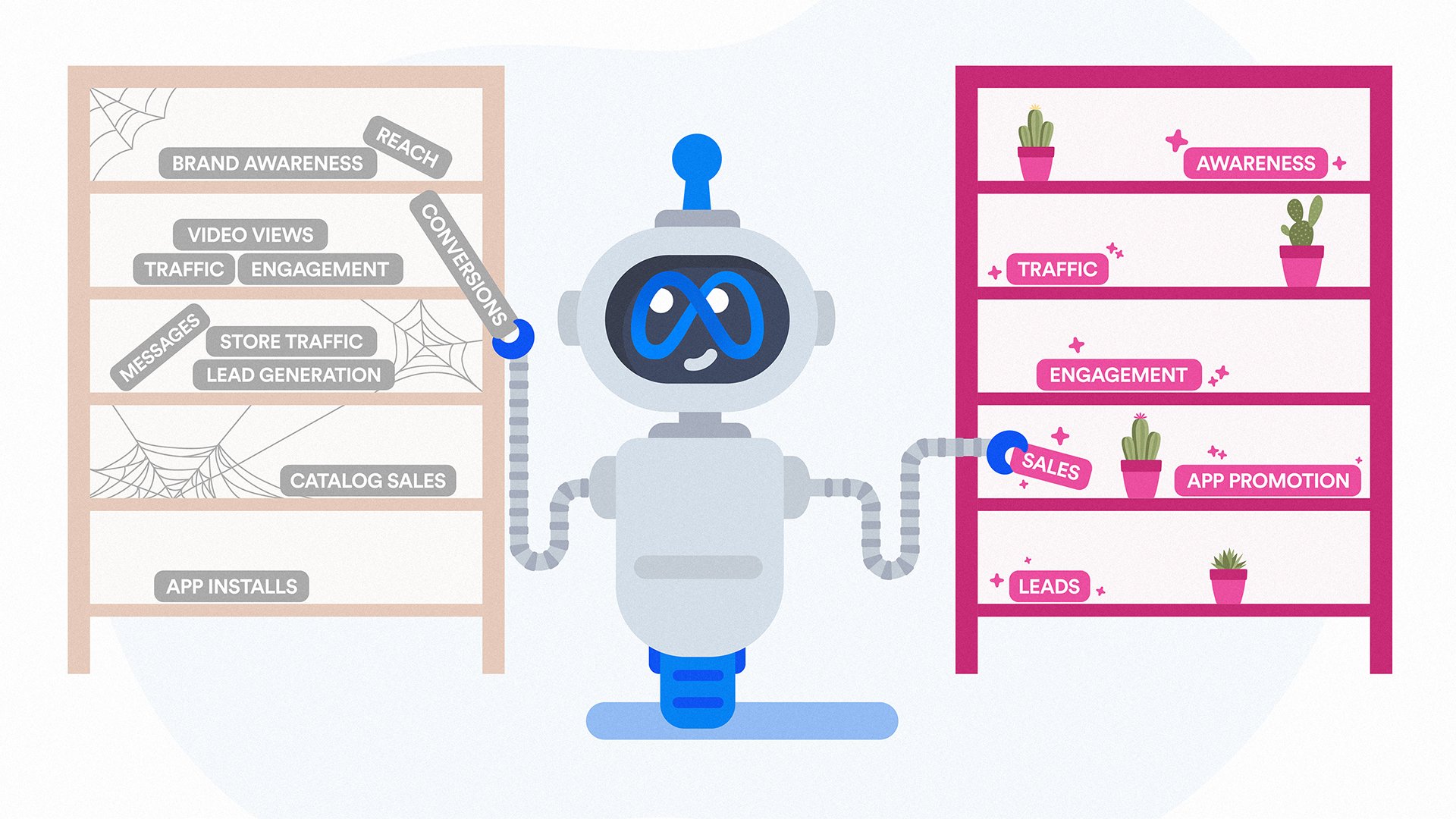What is omnichannel marketing? Examples, strategies, and a how-to guide
An omnichannel (sometimes spelled ‘omni-channel’) marketing strategy seamlessly ties together all of a brand’s digital and physical touchpoints, consistently elevating customer service and streamlining each user’s experience, bridging breakdowns in increasingly fragmented acquisition/conversion models.
A business with an omnichannel setup is like an octopus keeping an eye on all the apps, platforms, and datasets it’s using, much like the newest member of the Trapeze Media family here: The Omnipus!
A simple example of an omnichannel setup might be:
A customer orders food online to pick up in a restaurant
They’re notified when the food is being prepared, when it’s almost ready, and when it’s fully ready for pick-up
Front-of-house staff expect the customer, and know exactly where their food is — there are no disconnects in who knows what
Visual branding is consistent — the restaurant’s digital identity aligns with the aesthetic of their physical spaces
Customers can get support via email, or phone, or any social network, with quick, timely, and in-the-know responses
Customers are prompted to share UGC and tag the restaurant
Customers are served ads offering repeat purchase offers
A more complex (and quite impressive) example is Disney’s MagicBand smart wristband, which Disney Resort visitors can use to store tickets, order food, curate everyone’s photos, access their hotel rooms, upgrade to FastPasses, and more. Incredibly convenient for users. Mountains of data for Disney.
Omnichannel vs. Multichannel
The more content that gets written about omnichannel vs. multichannel marketing, the more convoluted the differentiation seems to become. We feel the most important distinction is: multichannel serves the separate needs of each channel, whilst omnichannel serves the needs of customers.
Let’s use a restaurant as an example.
Within a multichannel setup, two of the customer touchpoints might be Instagram and a venue’s front-of-house team. The people responsible for managing the Instagram account might run a competition to boost comments, because increasing engagement is a core focus of that channel.
The competition is a success for that channel, but the terms of the giveaway — an in-venue meal, perhaps — aren’t efficiently communicated to the front-of-house team. When the winners arrive at the restaurant, there’s a lot of confusion. The excitement of winning is nulled by a frustratingly disconnected experience.
A well-established omnichannel marketing approach, on the other hand, would make giveaways less necessary, as the growth and value of a brand is nurtured through refined customer service, a consistently strong product, an exciting brand voice, organic incentives to post UGC, and meticulously personalised ads.
Multichannel might get customers, but omnichannel keeps them.
Is building an omnichannel presence difficult?
Establishing an omnichannel marketing network certainly comes with some challenges, but it’s absolutely achievable for even the smallest of businesses. The first daunting myth to dismiss is: no, you don’t have to be everywhere. You just need to be everywhere your customers will frequently show up.
Let’s look at some channels a restaurant might use.
Facebook, Instagram, Twitter: historically ‘the big three’. A single independent restaurant should at least be active on Facebook and Instagram, posting content, responding to messages, managing product listings, and keeping contact information up to date. For a single-location eatery, Twitter is perhaps more essential in larger cities, but just having an unmonitored account with bio links and automated message responses redirecting people to another channel helps bridge the gap in that wonderfully effective omnichannel way.
LinkedIn: should the same restaurant also be active on a B2B platform like LinkedIn? While it’s perhaps not as essential, it can attract press attention for the restaurant, drive corporate bookings, and be a useful source for new hires. Omnichannel strategies don’t just serve customers — they serve all stakeholders, from employees and suppliers to investors and journalists.
YouTube: video is only valuable if you’re doing is consistently. Producing foodie content for YouTube is a huge commitment. The beauty of omnichannel, though, is that creators who make videos *about* a restaurant will have a much easier time directing potential customers into your funnels if you’re everywhere else.
TikTok: again, video is only valuable if you’re doing it consistently, but creating TikToks is often much easier than producing YouTube videos. That means there’ll be more customers posting about your restaurant, and more ways for you to engage with them and upload your own content. Customers probably won’t expect a restaurant to be on TikTok like they’d expect them to be on Facebook, Google Maps, etc. but a restaurant may still be leaving hugely valuable opportunities untapped by not making the app a part of their omnichannel strategy.
Review sites: restaurants should claim the pages for their venues on sites like Google Maps (Google My Business), TripAdvisor, Yelp, etc. so they can be publicly seen to be thanking customers for positive reviews and reaching out to people leaving bad reviews to help make things right.
Delivery services: there’s a huge audience of people who’ll only ever discover a restaurant through delivery apps like Uber Eats and Deliveroo. The ones that will acquire repeat customers will put effort into their packaging, ensuring food arrives warm and whole, with some element of visual branding. Customers should also be able to contact the restaurant for help via all channels, not just via the delivery app’s support system.
Food kits, merch, other products: if you’re ‘going omnichannel’, customers are probably going to develop the kind of loyalty to your brand that drives them to spend beyond just the eating experience. Having products listed at the same price across all purchase touchpoints (e.g. website, social, app), offering support via every channel, incentivising UGC, and assuring product quality will make this a very valuable income stream.
How to order and pay: a true omnichannel approach also considers the core physical touchpoints of a brand, right down to how, for instance, a customer orders and pays for their meal. Being able to order to one’s table via an app or website is becoming increasingly common. Prices on paper menus should match online prices. Staff should know how to process gift cards. Every possible customer journey should be accounted for.
Events: many restaurants create satellite setups to serve food at festivals, street markets, and other events beyond the walls of their venues. This is one of the most valuable ways to get the brand in front of new people, so it’s essential that the condensed pitches align with other brand touchpoints, be it graphics, products, good customer service, a quality product, and the online help customers can get once they’ve walked away.
Omnichannel marketing: an example
Here’s an examples of how these channels can be united by an omnichannel strategy.
A customer discovers the restaurant brand at a festival
They like the food and its presentation enough to take a photo
They find the restaurant on Instagram (identifying it by the logo in the profile picture, which they’ve seen on the stall and branded waxpaper) and tags them in their photo
The customer sees the restaurant’s photos, sees a food kit in a product tag, and taps through to buy
A few days later, the food kit arrives, and includes a QR code linked to a how-to video on the restaurant’s site
While on the restaurant’s site, the customer sees the main venue’s full menu, and decides to make a booking for when they’re next in the city where the restaurant is
When they head along for their booking, they love the meal, and are given a card that’ll get them 25% off their next visit if they leave a review on TripAdvisor
That secures repeat custom and a positive review for the restaurant in a place where it matters
Every touchpoint connects seamlessly with every other touchpoint, for the benefit of the customer and the business
How to start building your omnichannel strategy
Creating an omnichannel user journey varies from business to business and customer to customer, but here’s a good starting framework that’s worked for us across all industries:
Audit your data
Check everything you already have. Search your brand’s name, associated hashtags, and geotag pages on every platform. Take note of where people engage with your business the most (or post about you frequently on platforms where you’ve yet to create a presence). Work with service teams to understand how often customers are calling and emailing, and find patterns in enquiries to write up a list of FAQs. Analyse any trackers you have in place, like Google Analytics. Looking at where you already are will help you decide where you should go next.
Build buyer personas
By finding repeated customer journeys during your data audit, you’ll uncover buyer personas: key segments of your audience who you’ll be able to base broad strokes of decision-making on while developing your omnichannel strategy. Cross-sections of demographics, locations, average spend, and social networks on which they spend the most time.
Check brand guidelines
Review your brand’s identity — graphics, emoji policy, tone of voice etc. Keep it consistent everywhere, with small per-platform tweaks if fitting.
Delegate and monitor
Decide who’ll be responsible for each touchpoint on your omnichannel roadmap, which systems will need to be implemented to help everyone stay in the loop, and how employees will be trained up to become familiar with the new system. Include any agencies you work with in the conversation for a truly connected internal omnichannel ecosystem.
Once the omnichannel setup is in place, discern a range of goals and KPIs against which to measure successes. Combine these metrics with wider industry trends to evolve your user journey strategies over time. Regularly test and optimise new acquisition, conversion, and attribution models for an holistic view of how all your audiences engage with your brand.
Get some help along the way








